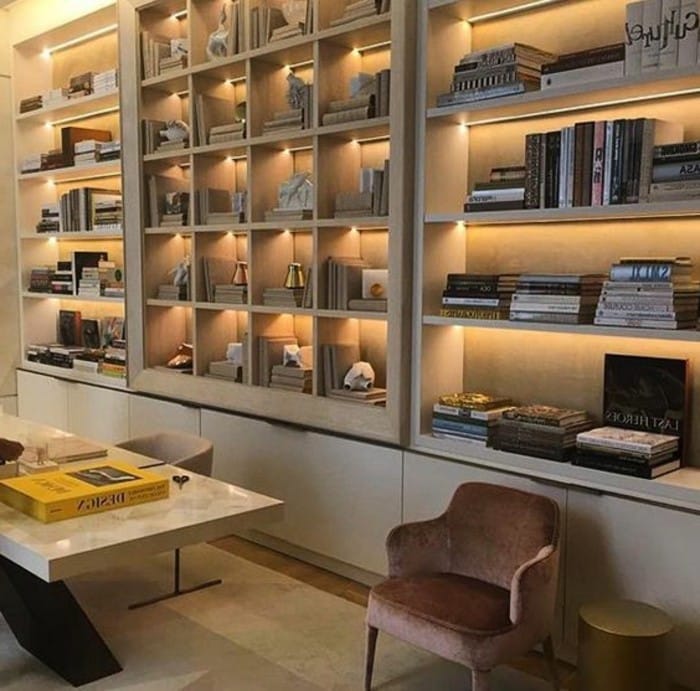The architectural success of libraries largely depends on the mastery of lighting. Finnish libraries or the new Library of Alexandria are excellent examples. The debate between natural and artificial light is essential for reasons of comfort, economy, and preservation. The massive arrival of audiovisual media and screens presents a challenge that is never perfectly resolved.
Lighting in library architecture raises multiple questions, in which answers depend on our ability to go beyond certain oppositions: uniformity versus diversity, natural light versus artificial light, lateral light versus overhead light, ambient light versus spot lighting. All functions of the building are concerned: spaces (stacks, workshops, offices, reading rooms), circulation, safety, and even furniture design.
The architect’s skill will then be judged by their ability to reconcile different types of lighting with contradictory functions, such as ambient lighting and task lighting. Diversity is one of the key characteristics of lighting in a library.

Some rules to follow for a comfortable reading setting
When choosing your lamps, keep in mind that good lighting is the kind of light which you forget exists. You should be able to see well enough without being dazzled, there for avoid using overly powerful ceiling lights, harsh fluorescent lights, and bare bulbs that give off a too-bright light. Instead, opt for medium-power bulbs (25/40 watts) with warm light, meaning a color temperature of around 3000 Kelvin (3000K). This will result in a softer effect and create a cozy atmosphere, perfect for relaxation and reading.
Better to choose multiple sources of soft light over a single powerful lamp to reduce glare and avoid overly contrasting shadows on the pages of your book. The effect created by several lamps will also be warmer and more intimate. Similarly, choose indirect lighting, which is gentler than a lamp shining directly on your book. Ideally, position your lamp to light up the ceiling or a light-colored wall, which will reflect the light without risking glare.
Different solutions for general room lighting
Adequate general lighting will allow your eyes to read comfortably and transition from the book to the surrounding room without too harsh of ta contrast when you look up from the page. You can choose from wall sconces, a floor lamp, a table lamp, or a pendant light. However, avoid using overly powerful bare bulbs in favor of lampshades made from fabric or Japanese rice paper, opaline glass, or slatted designs that diffuse the light. Combining several of these solutions can create sufficient ambient lighting to make your reading environment more pleasant.
Solutions for targeting the reading area
Ideally, you should combine general lighting with directional lighting near your reading area, whether it’s a sofa, an armchair, or even your bed. Consider using an adjustable floor lamp that can be positioned behind you or a desk lamp placed on a table or bedside or near your sofa. There are also directional clip-on lamps that can easily attach to a piece of furniture, a shelf, or a bookcase to illuminate your reading area.
As you can see, properly lighting the space where you read is essential, especially if you often engage in this activity. Once you find the right balance, it will be a pleasure to settle into your cozy corner with a good book, without worrying about eye strain or headaches at the end of the day!

